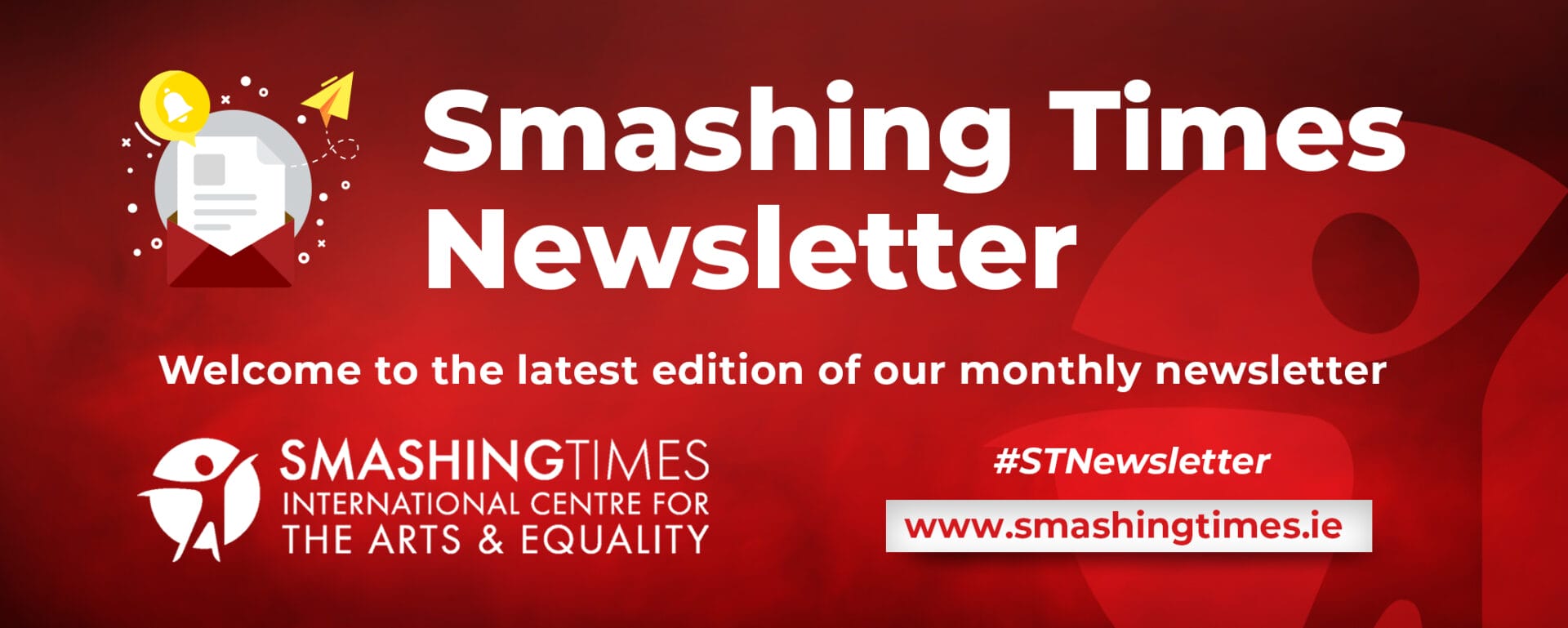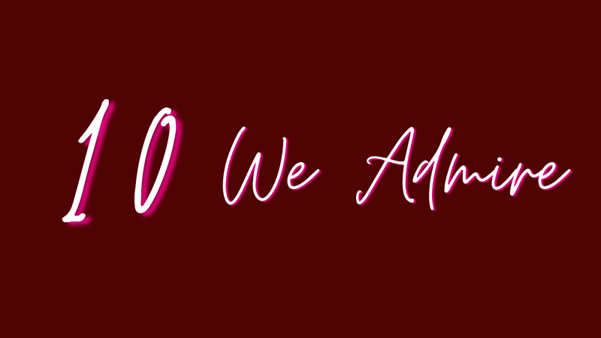|
For individuals and organisations in the arts and human rights
Workshop: Planning, Printmaking, and Publishing for the People
This workshop explores the creative intersection between socially engaged planning, print, and publishing with activist Mpho Mokotso and artist Kate O’ Shea. To apply, please email Vance Lau at producer(at) create-ireland.ie with 100-200 words on why you are interested in attending this workshop, and your latest biography/1-3 lines about your professional background. The workshop date and time is 10am–4pm on 3 April. Apply via our Grants and Opportunities page.
Limerick Festivals and Events Grant Scheme
The Limerick Festivals and Events Grant Scheme 2024/2025 is open for applications. This competitive grant scheme offers the opportunity for funding under three Strands, for festivals and events taking place between 1 October, 2024 and 30 September, 2025. The deadline is 4pm on 3 April, 2024. Apply via our Grants and Opportunities page.
Catalyst Residency with Create & Fire Station Artists’ Studios
The Catalyst Residency, offered in partnership by Create and Fire Station Artists’ Studios (FSAS), offers a socially engaged artist from an under-represented ethnic background a one-month residency in Dublin 1 during June 2024. The deadline is 8 April, 2024. Apply via our Grants and Opportunities page.
Ink Marbling Workshop with Annie Laing
This workshop with visual artist Annie Laing will explore water marbling. Annie will guide you through the process of floating and manipulating ink pigments on water. The cost is €8 and no previous experience is required. The workshop date and time is 2.30–4pm on 13 April, 2024. Apply via our Grants and Opportunities page.
Artist Mentoring Award 2024 (AIC)
The Artist Mentoring Award sits within a suite of offerings under the Artist in the Community Scheme (AIC). It aims to offer capacity building and arts practice development for collaborative, socially engaged artists. There will be five artist mentors and five artist mentees. The deadline is 5pm on 13 May, 2024. Apply via our Grants and Opportunities page.
Job Opportunities and Tenders
Art Studio Manager with Alternative Experiences
Alternative Experiences is seeking an art studio manager. They are looking for a person who is outgoing, organised, and reliable to join their vibrant team. The ideal candidate will have excellent customer service skills, can manage and lead a team, can work in a busy environment, and also be able to have the craic. The deadline is 3 April, 2024. Apply via our Grants and Opportunities page.
Development Coordinator with Galway Community Circus
Galway Community Circus seeks to appoint a Development Coordinator to support the development and implementation of their fundraising strategy, increase income generation, and diversify funding streams to help them deliver upon their artistic ambitions across an exciting portfolio of programmes and partnerships. The deadline to apply is 5pm on 8 April, 2024. Apply via our Grants and Opportunities page.
IMMA: Open Call
The Irish Museum of Modern Art invites applications from interested artists, collectives and community groups through their Open Call: Earth Rising 2024. The climate crisis represents one of the greatest challenges of our time, requiring collective efforts to mitigate its impacts and ensure a sustainable future for generations to come. The deadline is 5pm on 12 April, 2024. Apply via our Grants and Opportunities page.
Trinny London: Make-Up Artist
Are you ready to rethink your routine? Trinny London is looking for a Full-Time Make-Up Artist to join their sparkling new Dublin team (coming soon). A Trinny London Artist is the true heart of where everything happens. The deadline is 15 April, 2024. Apply via our Grants and Opportunities page.
Artists Care Exchange Facilitator with Age & Opportunity
Age & Opportunity is seeking tenders from key individuals with an interest and background in the arts and older people in a care context, to act as facilitator for the third iteration of the Artists Care Exchange (ACE), an Age & Opportunity Arts initiative. They wish to appoint a facilitator from September to December 2024, with some additional work in the recruitment of participants in June/July. The deadline is 5pm on 19 April, 2024. Apply via our Grants and Opportunities page. For even more grants and opportunities, please visit our Grants and Opportunities page. |




















